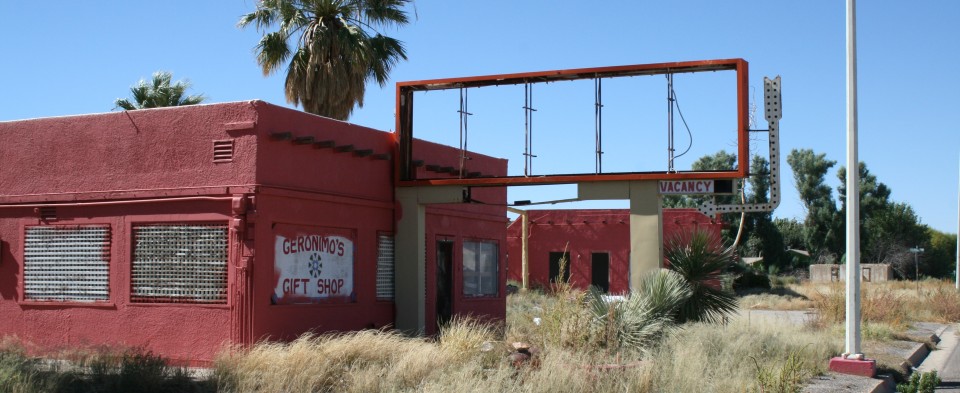On 12 November, I was invited to hold a guest lecture in a 150 course on American Indian History in the United States at the American Indian Studies program at SFSU. Dr. Robert K. Collins asked me to share my research on Indian imagery in German nationalist thinking and Nazi ideology with his students. The class was about sixty students strong, with another sixty enrolled online. It was a welcome opportunity to present my work in a teaching environment – most of the classes on Native history I have taught did not cover my dissertation topic, and most of my earlier presentations on the dissertation research were given to an audience of scholars or advanced and graduate students.
I explained the elements of Indian imagery in Germany: the trope of the noble savage (e.g., attributing character traits to self and other, understanding Native peoples as “children of nature” as well as natural-born warriors), and the corresponding notions of a German-Native fellowship that was constructed via a triangular reference between modern Germans, contemporary Native Americans, and ancient Germanic tribes. This entailed a discussion of the recurring fellow tribesmen and common enemy motifs feeding these references. The latter part of the talk explored how the Nazis exploited this traditional perception of Germans and Native Americans as “soul mates” for anti-American propaganda.
The most common reaction from American audiences to my presentations on this topic is utter bewilderment over the bizarre claims with which Germans constructed their alleged fellowship with Native Americans. What struck me as especially exciting during this discussion at SFSU, however, was the way the students applied the lecture’s case examples for comparative applications of “doing history,” as James Loewen calls it in his works on teaching historiography.
Some wondered if, since Germans developed such constructions of fellowship with Native Americans, other Europeans came up with similar constructions? This question immediately touches upon the debate in how far German Indianthusiasm is unique in Europe, as Germans liked to believe during the late 19th and early 20th centuries. Christian Feest, for instance, says it isn’t unique at all. In his “Germany’s Indians in a European Perspective,” he argues that Germans have this prominent position because observers of European perceptions of Native peoples keep coming back to Karl May and other German sources, while French, Czech, Polish, Hungarian, Italian sources and perceptions are right there in the open, they simply are being ignored too often (he also argues that German is a very prominent European language and Germans ranked among the largest immigrant groups, all of which would give them prominence in the perception of relations with North America).
Another student asked whether there was a difference in cultural appropriation and representation between German and American Wild West shows – a great observation of comparative thinking in historical research that might lead to interesting research questions and class discussions about different cultural contexts, perceptions, audience expectations, and cultural practices.
This presentation for an audience of beginning students of (Native) American history thus invited more thorough deliberations on ways and means of teaching, on how to guide students towards applying historical data for follow-up questions, to help them develop research interests, and on critical contextualization. It will be exciting to compare this class discussion with future presentations’ Q/A sessions on this trip and beyond, both among first-year students, graduates, and the general public, and to implement questions deriving from these sessions for future course designs.
